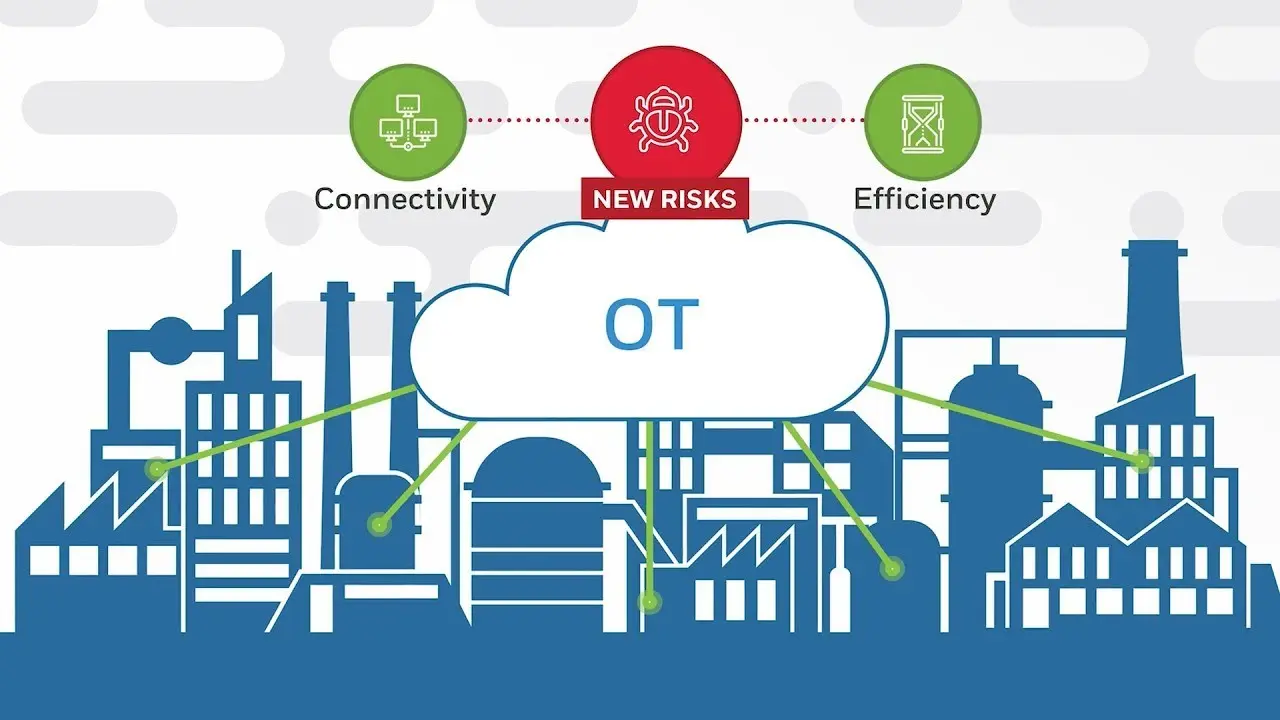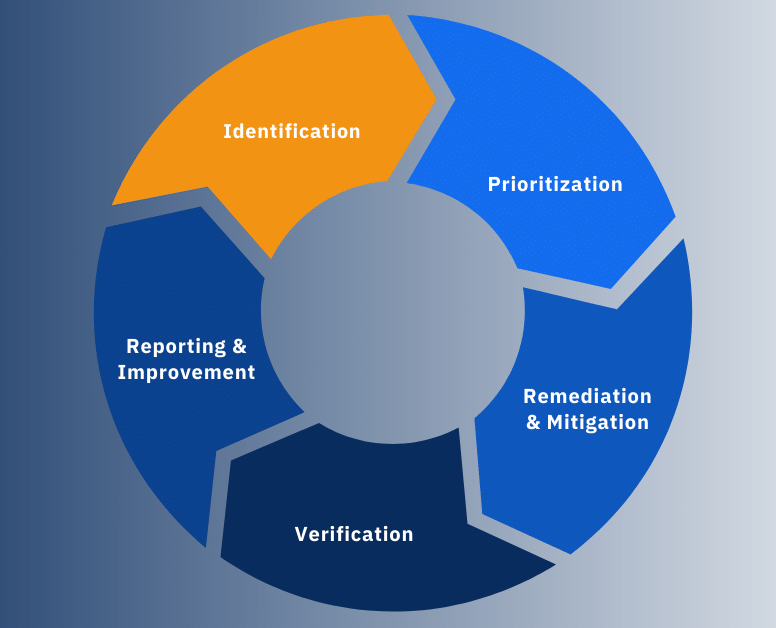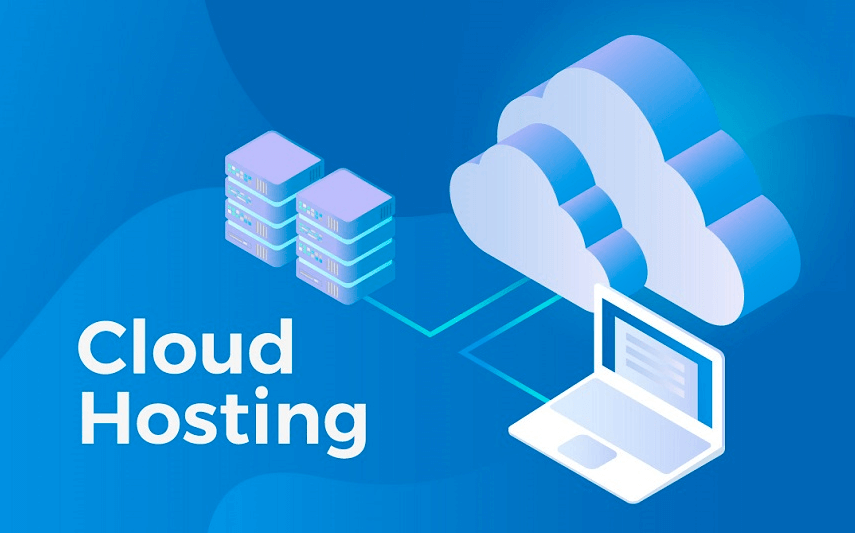Network Security Management: Protecting Your Network from Cyber Threats
Network security management is a critical aspect of any organization's IT strategy, focusing on protecting the integrity, confidentiality, and availability of networks and data. With the increasing frequency and sophistication of cyber threats, implementing robust network security measures is essential to prevent unauthorized access, data breaches, and service disruptions. This article will explore the importance of network security management, key strategies to safeguard your network, and the best practices that businesses should follow to ensure their network remains secure.
What is Network Security Management?
Network security management refers to the process of protecting a computer network from threats by implementing a set of technologies, policies, and procedures. The goal is to defend against unauthorized access, misuse, malfunction, or denial of service (DoS) attacks that could harm the network. Effective network security management ensures that all aspects of the network, from firewalls to intrusion detection systems, work together to create a secure environment.
The key objectives of network security management include:
- Protecting Data Integrity: Ensuring that data is not tampered with or altered without authorization.
- Preventing Unauthorized Access: Blocking hackers and malicious entities from accessing sensitive network resources.
- Maintaining Network Availability: Ensuring that the network remains operational, even in the face of cyber attacks.
- Mitigating Risks: Identifying potential vulnerabilities and applying countermeasures before they can be exploited.
Key Elements of Network Security Management
To effectively manage network security, organizations need to implement various components and tools that help detect and mitigate potential risks. Below are the key elements of network security management:
| Element | Description | Purpose |
|---|---|---|
| Firewalls | A firewall controls incoming and outgoing network traffic. | Blocks unauthorized access to the network and filters harmful traffic. |
| Intrusion Detection Systems (IDS) | IDS monitors network traffic for signs of malicious activity or policy violations. | Alerts administrators to potential threats in real-time. |
| Virtual Private Networks (VPNs) | VPNs provide a secure connection over the internet by encrypting data. | Ensures private and secure communications for remote users. |
| Network Segmentation | Dividing the network into smaller, isolated sub-networks. | Limits the spread of a cyber attack and protects sensitive data. |
| Access Control | Limiting user access based on roles and permissions. | Ensures that only authorized individuals can access specific resources. |
| Encryption | The process of converting data into a secure format that can only be read with a decryption key. | Protects data in transit and at rest from unauthorized access. |
| Multi-Factor Authentication (MFA) | MFA requires multiple forms of identification to access network resources. | Adds an extra layer of security by requiring multiple verification methods. |
Why Network Security Management is Essential
With the increasing complexity of modern networks and the rise in cyber threats, network security management has never been more important. Here are some reasons why managing your network’s security is crucial:
1. Protection Against Cyber Attacks
Cybercriminals constantly attempt to exploit vulnerabilities in networks to steal sensitive data or cause damage. A solid security management strategy can prevent most attacks before they escalate.
2. Data Privacy and Compliance
In many industries, businesses must comply with strict data protection regulations (e.g., GDPR, HIPAA). Proper network security management helps meet these regulatory requirements by protecting sensitive information.
3. Ensuring Business Continuity
Network disruptions can cause significant downtime, impacting operations and revenue. Effective network security management minimizes the risk of disruptions caused by cyber threats, ensuring continuous business operations.
4. Safeguarding Reputation
A data breach or cyber attack can severely damage an organization's reputation. With proper security management, businesses can build trust with customers, employees, and partners by ensuring their data is safe.
Best Practices for Network Security Management
To ensure comprehensive network security management, businesses should implement the following best practices:
1. Regular Network Monitoring
Constantly monitor network activity to detect unusual traffic patterns, unauthorized access attempts, or any signs of a security breach. Use automated tools to keep track of all network activities in real time.
2. Patch Management
Ensure that all software, systems, and devices on the network are regularly updated with the latest security patches. Unpatched vulnerabilities are a prime target for cybercriminals.
3. User Education and Awareness
Educate employees on the importance of network security and safe practices, such as using strong passwords, recognizing phishing attempts, and avoiding insecure public networks.
4. Incident Response Plan
Develop and test an incident response plan that outlines the steps to take in the event of a network breach. A well-prepared team can minimize the damage caused by an attack.
5. Backup and Disaster Recovery
Regularly back up critical data and have a disaster recovery plan in place. This ensures that in case of an attack or system failure, you can quickly restore operations with minimal downtime.
Network Security Management Tools
Several tools can help organizations improve their network security management efforts. Here are some widely used tools:
| Tool | Description | Benefits |
|---|---|---|
| Cisco Meraki | A cloud-managed security appliance offering firewalls, VPNs, and intrusion detection. | Simplifies network security management through centralized control. |
| Fortinet FortiGate | A security solution that includes next-generation firewalls, VPN, and intrusion prevention. | Provides high-performance security for enterprise networks. |
| Palo Alto Networks | A platform that combines firewall, VPN, and advanced threat prevention. | Offers comprehensive protection and real-time threat intelligence. |
| Wireshark | A network protocol analyzer that helps monitor and troubleshoot network security. | Provides deep insights into network traffic to identify threats. |
| SolarWinds Network Performance Monitor | A tool for monitoring network performance, availability, and security. | Helps detect network problems and optimize performance. |
Conclusion: The Importance of Network Security Management
Network security management is an essential practice for protecting your organization’s IT infrastructure from evolving cyber threats. By implementing the right technologies, policies, and procedures, businesses can safeguard their networks from unauthorized access, data breaches, and service disruptions. Regular monitoring, patch management, and employee training are critical steps in maintaining a secure network.
As cyber threats continue to grow in sophistication, network security management will remain a top priority for organizations looking to protect sensitive data, ensure business continuity, and maintain customer trust. By investing in effective security solutions and adopting best practices, businesses can build a resilient network that stands strong against potential cyber threats.
Explore

OT Cyber Security: Protecting Critical Infrastructure from Cyber Threats

Vulnerability Management in Cyber Security: Protecting Your Systems from Threats

Managed Security Services: Protecting Your Business from Cyber Threats

Sewage Damage Cleanup Services: The Key to Protecting Your Home from Health Hazards

Enterprise Password Manager: Enhance Security and Simplify Password Management

Best Cybercrime Degree Online 2025: Unlock Your Future in Digital Security

Cloud Hosting Showdown: Comparing the Best Providers for Speed, Security, and Scalability

Discover Private Wealth Management Advisors And Firms For Financial Guidance
